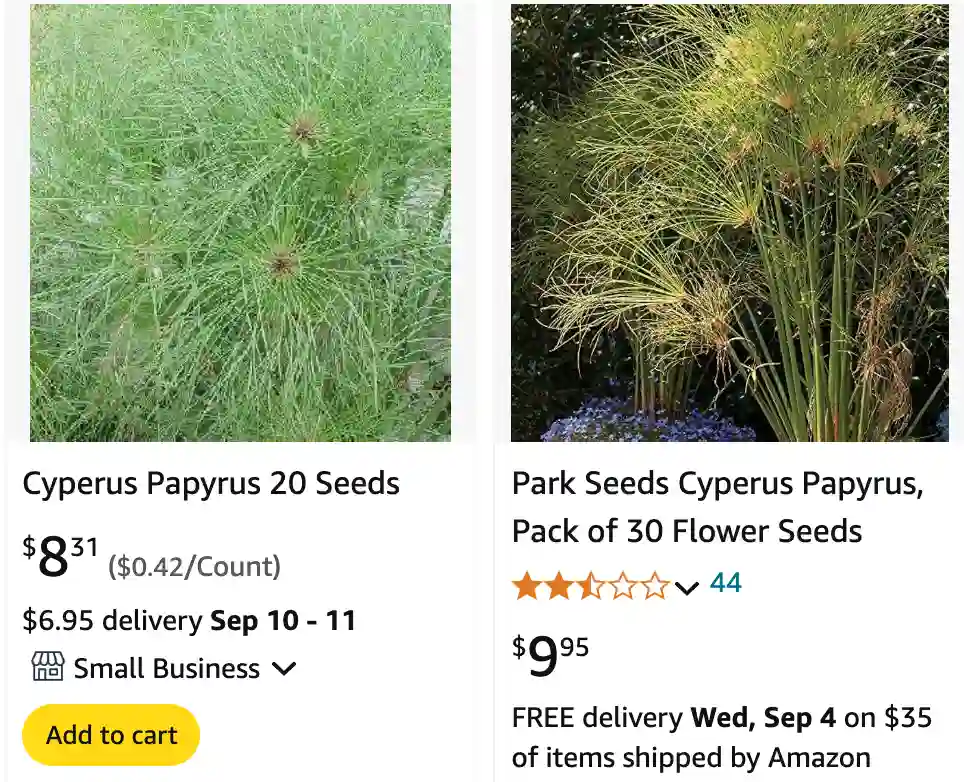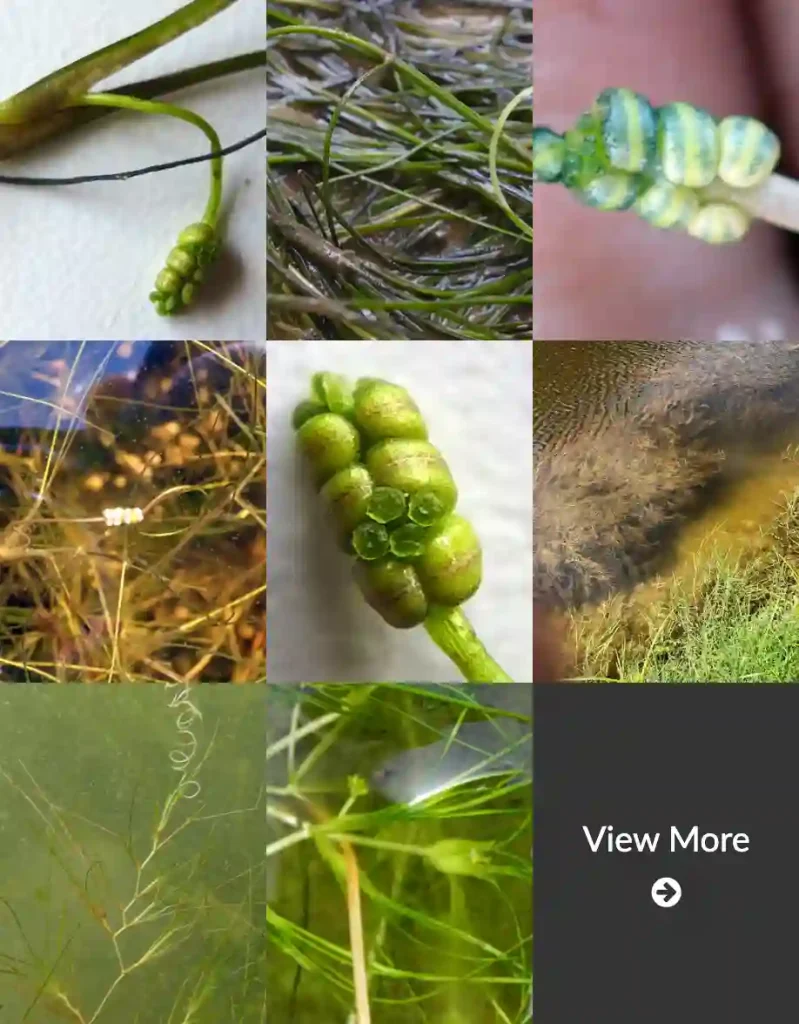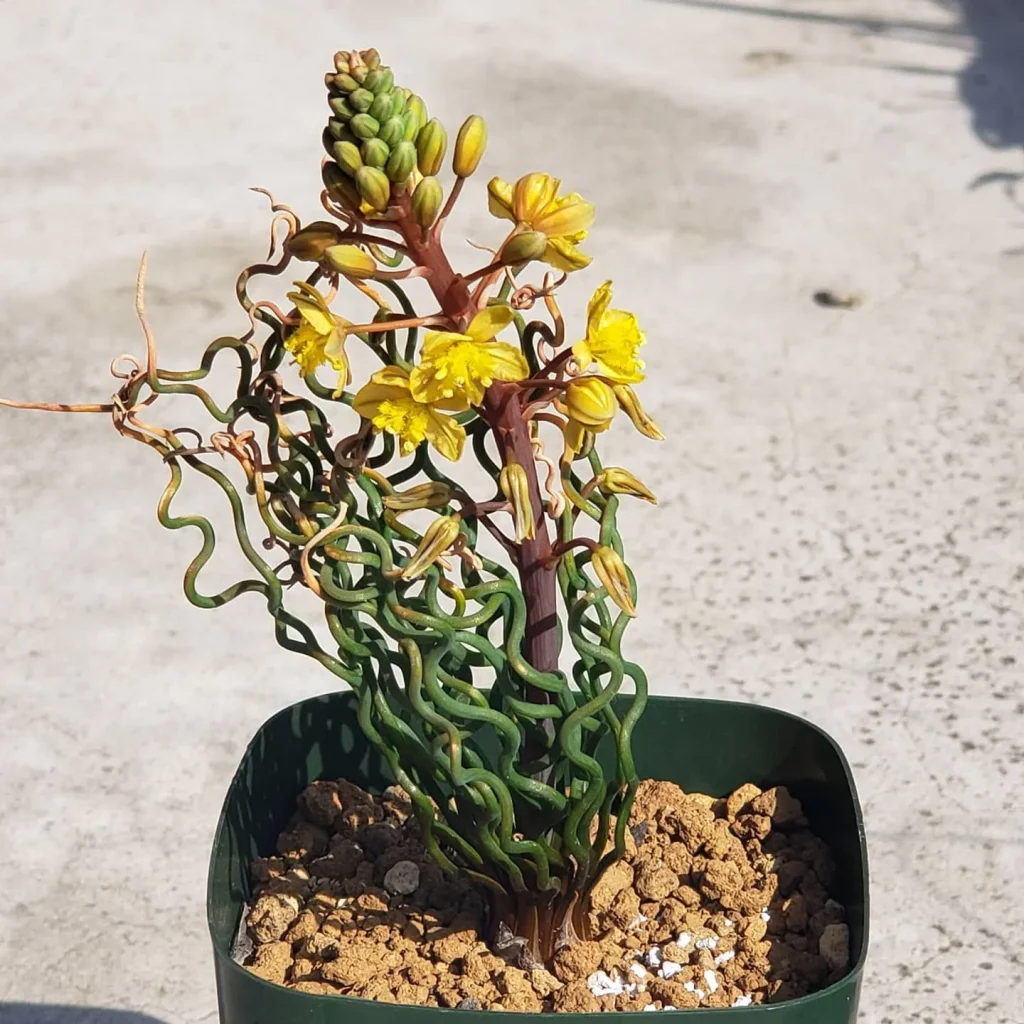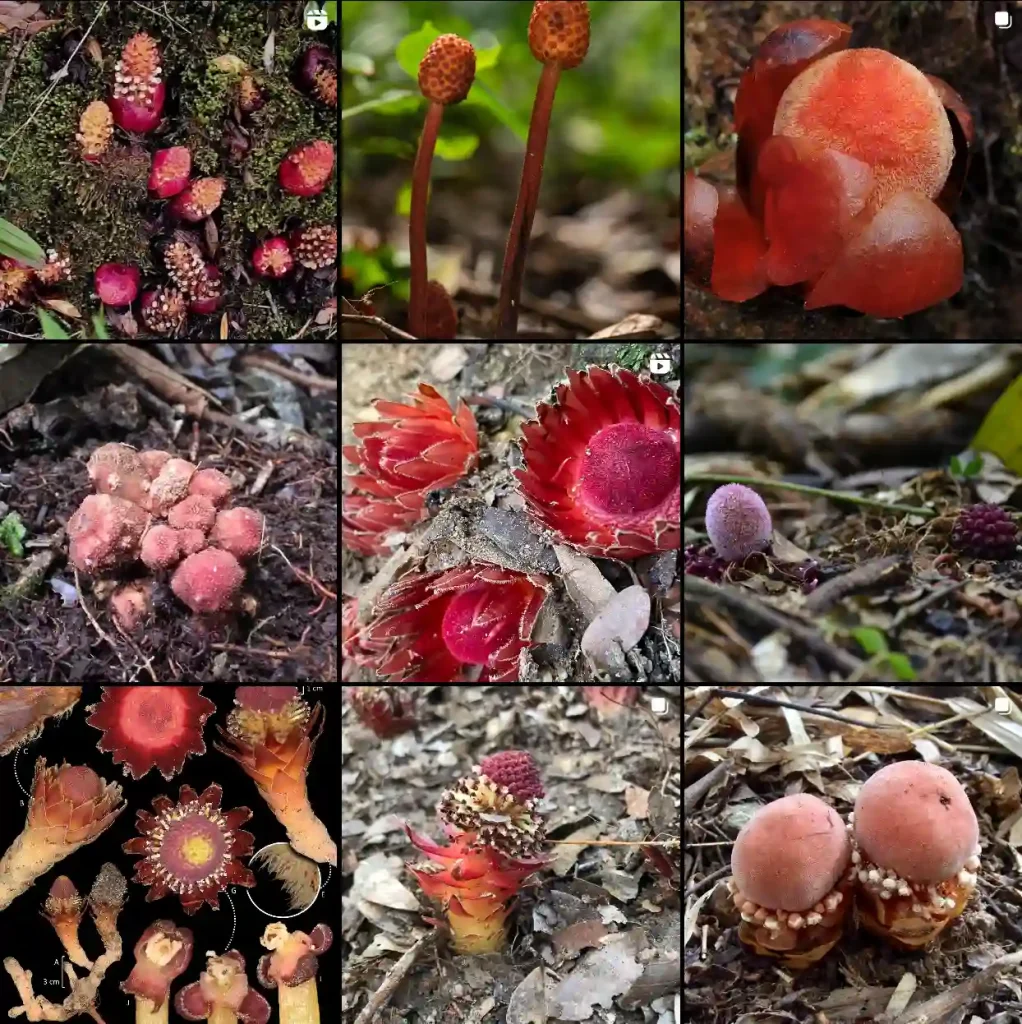
Is Cyperus Papyrus Poisonous to Cats?
When it comes to keeping our feline friends safe, one common concern is whether certain plants are toxic. Thankfully, Cyperus Papyrus, also known as the Papyrus plant, is not poisonous to cats. This plant is non-toxic and generally safe to have around pets. However, it’s always a good idea to keep an eye on your pets, as ingesting large quantities of any plant material could potentially cause some digestive upset.
957 Species in Genus Cyperus
Is Cyperus Papyrus Poisonous to Dogs?
The same goes for dogs—Cyperus Papyrus is not toxic to them either. Its non-toxic nature makes it a good choice for households with pets. Still, just like with cats, it’s best to monitor your dog’s interaction with the plant. Consuming large amounts could lead to minor stomach issues or discomfort.
How Do You Pronounce Cyperus Papyrus?
Pronouncing Cyperus Papyrus can be a bit tricky if you’re not familiar with plant terminology. The correct pronunciation is: “SYP-er-us Puh-PIE-rus.” Breaking it down, “Cyperus” sounds like “SYP-er-us” and “Papyrus” is pronounced “Puh-PIE-rus.” This can make it easier to discuss with fellow plant enthusiasts or when seeking advice from garden centers.
How to Grow Cyperus Papyrus?
Growing Cyperus Papyrus is a rewarding experience, especially if you love unique, dramatic foliage. Here’s how I’ve successfully grown it:
- Location: Papyrus thrives in bright, indirect light but can also handle direct sunlight. It’s ideal for water gardens or containers placed near a water source.
- Watering: Keep the soil consistently moist. Papyrus prefers wet conditions, so don’t let it dry out. For those growing it in a water garden, ensure that the plant’s base is submerged in water.
- Soil: Use a rich, well-draining soil. In water gardens, it can grow in a soil-less medium as long as its roots are consistently submerged.
- Temperature: This plant does well in warm temperatures. It’s best suited for USDA hardiness zones 9-11 but can be grown indoors in cooler climates.
How to Propagate Cyperus Papyrus?
Propagating Cyperus Papyrus is relatively straightforward. Here’s what I do:
- Division: The easiest method is through division. In spring, when the plant is actively growing, gently remove the plant from its pot and divide the clumps. Replant each division in its own container or space in the garden.
- Cuttings: Another method is to take cuttings from the top of the plant. Place these cuttings in a container of water until roots develop. Once they’re a few inches long, you can transfer them to soil.
How to Prune Cyperus Papyrus?
Pruning Cyperus Papyrus is essential for maintaining its health and appearance:
- Remove Dead Foliage: Regularly trim off any dead or yellowing leaves to promote new growth and maintain a tidy look.
- Cut Back: In late winter or early spring, you can cut back the entire plant to about 6 inches above the soil level. This helps rejuvenate the plant and encourages fresh growth.
What to Plant With Cyperus Papyrus?
Cyperus Papyrus pairs well with a variety of aquatic and semi-aquatic plants. I like to combine it with:
- Water Lilies: Their broad leaves complement the tall, reed-like appearance of Papyrus.
- Lotus: Adds an elegant touch with its large, floating leaves and flowers.
- Aquatic Ferns: Provide a contrast in texture and thrive in similar conditions.
Can You Grow Cyperus Papyrus Indoors?
Yes, you can grow Cyperus Papyrus indoors. It requires bright, indirect light and a humidity level that mimics its natural wetland environment. A pebble tray with water beneath the pot can help increase humidity. Ensure the plant’s container has good drainage to prevent root rot.
Is Cyperus Papyrus Toxic?
As mentioned earlier, Cyperus Papyrus is not toxic to cats or dogs. Its non-toxic nature makes it a safe choice for households with pets. Always monitor pets for any unusual behavior around plants, but in general, Cyperus Papyrus is a safe and striking addition to any home or garden.
Benefits of Growing Cyperus Papyrus
- Aesthetic Appeal: With its dramatic, feathery plumes, Papyrus adds a unique visual element to gardens and water features.
- Versatility: It can be grown in various settings, including water gardens, ponds, and even as a houseplant.
- Ease of Care: Its low-maintenance requirements make it a great choice for both novice and experienced gardeners.
Common Problems and Solutions
- Root Rot: Overwatering or poor drainage can lead to root rot. Ensure the plant’s base is consistently wet but not waterlogged, and use well-draining soil or a water garden setup.
- Pest Issues: While generally pest-resistant, keep an eye out for aphids or spider mites, especially in dry indoor conditions. Regularly check the plant and treat with appropriate insecticidal soap if needed.
By addressing these FAQs and concerns, you can enjoy growing Cyperus Papyrus with confidence, knowing it’s a safe and beautiful addition to your plant collection.
If i die, water my plants!



